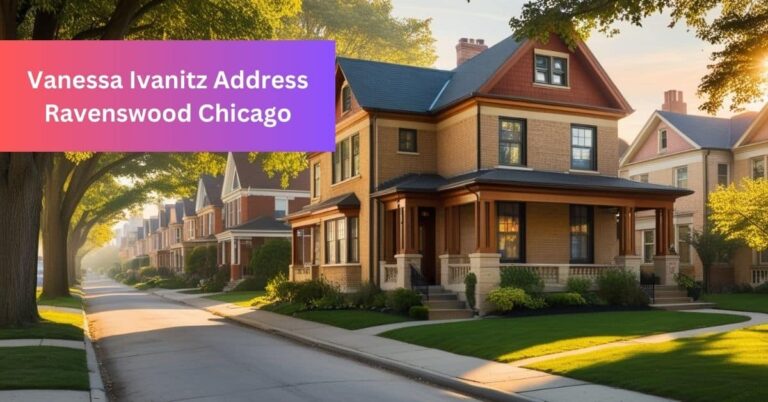Captivating Entrances that Define Spaces
Doors are more than barriers; they shape our experiences and perceptions of spaces. This blog post explores their role in architecture and design, covering historical evolution, artistic potential, types, and sustainable materials. Understand how doors enhance both aesthetics and functionality in homes and public spaces.
A Historical Journey through Door Design
Ancient Beginnings
The history of doors dates back to ancient civilizations. The earliest doors were made of simple materials like wood, stone, or animal hides, but they were essential for security and privacy. In ancient Egypt, grand doors adorned with hieroglyphs served not just as entry points but as symbolic barriers to the unknown. These doors often marked the transition from the sacred to the secular, illustrating the importance of thresholds in human culture.
Middle Ages to Renaissance
Fast-forwarding to the Middle Ages, doors began to take on a more decorative role. Heavy wooden doors, often reinforced with iron, represented strength and protection. Cathedrals featured grand entrances adorned with intricate carvings and sculptures. During the Renaissance, doors became an essential element in showcasing artistry. Artists and craftsmen focused on creating elaborate designs, often incorporating symbolism that reflected the values of the period.
Modern Innovations
In the 20th century, the advent of new materials and technologies revolutionized door design. Glass doors emerged, inviting natural light and blurring the line between indoor and outdoor spaces. Minimalistic designs gained popularity, emphasizing clean lines and functionality. Contemporary doors often incorporate smart technology, enhancing security and convenience for homeowners. This evolution reflects a blend of tradition and innovation, where the essence of doors remains intact while adapting to modern needs.
The Art of Doors
Doors as Artistic Statements
Incorporating artistic elements into door design allows homeowners to express their individuality. Unique colors, textures, and patterns can transform an everyday door into a statement piece. Artists and designers often view doors as canvases, applying techniques such as painting, etching, or even incorporating mosaics. This artistic approach not only enhances the visual appeal but also tells a story about the inhabitants of the space.
Symbolism and Meaning
Doors carry deep symbolic meaning across cultures. They represent opportunities, transitions, and boundaries. The design of a door can reflect the personality of its owner. For instance, a bright red door might symbolize warmth and hospitality, while a sleek black door conveys sophistication and modernity. Understanding these symbols can help homeowners choose doors that resonate with their values and lifestyles.
Cultural Reflections
Different cultures have distinctive door designs that reflect their heritage. In Japan, sliding doors, or “fusuma,” serve a functional purpose while maintaining harmony within a home. In contrast, Mediterranean countries often favor ornate, intricately carved wooden doors that reflect their history and craftsmanship. By exploring these cultural variations, we can appreciate how doors serve as a reflection of identity and societal values.
Types of Doors
Entry Doors
Entry doors are among the most significant types in any home. They act as the first impression for guests and set the tone for the interior. Choosing the right entry door involves considering its style, material, and security features. A grand double-door entry may convey openness, while a single, intricately carved door suggests intimacy.
Interior Doors
Interior doors play a crucial role in defining space within a home. They provide privacy and help control sound between rooms. Various styles, such as French, pocket, or the many types of modern sliding doors offer versatility depending on the desired aesthetic and functionality. Homeowners can select from numerous materials, including wood, glass, or composite, each contributing to the overall design theme.
Patio and Bi-Fold Doors
Patio doors and bi-fold doors have become increasingly popular for connecting indoor and outdoor spaces. They allow ample natural light and create a seamless transition to gardens or patios. Bi-fold doors, in particular, can open up an entire wall, creating a spacious atmosphere perfect for entertaining. The elegance of these doors lies not just in their function but also in their ability to invite nature into the home. Beyond aesthetics, many modern bi-fold and patio doors are engineered for durability, with advanced materials and reinforced construction that enable them to withstand extreme weather conditions. This combination of elegance, functionality, and resilience makes them a sophisticated and practical choice for any home.
Materials and Sustainability
Traditional Materials
Traditionally, doors have been crafted from wood, metal, and glass. Wooden doors offer warmth and charm but require careful maintenance to prevent warping or decay. Metal doors (like iron, brass or steel) provided by reputed NY iron door suppliers are known for their durability and security, making them ideal for entry doors. Glass doors create an inviting ambiance, enhancing natural light but require additional considerations regarding privacy.
Sustainable Options
With growing awareness of environmental impact, sustainable materials are gaining popularity in door construction. Bamboo, reclaimed wood, and recycled metal are excellent eco-friendly options that reduce waste and promote sustainability. Homeowners can seek certifications like FSC (Forest Stewardship Council) to ensure that their materials come from responsibly managed forests.
The Future of Materials
The future of door materials may lean toward composites that combine the best properties of wood, metal, and plastic, offering durability without compromising aesthetics. Innovations like insulated door systems are also on the rise, improving energy efficiency and reducing heating and cooling costs for homeowners.
The Future of Door Design
Technological Advancements
The integration of technology into door design is reshaping how we interact with our spaces. Smart locks and security systems can be seamlessly incorporated into doors, enhancing safety without sacrificing style. Home automation systems allow users to control doors remotely, adding convenience for busy lifestyles.
Customization and Personalization
As consumer preferences shift toward personalization, the door design industry is adapting. Homeowners are seeking bespoke options that cater to their unique tastes and needs. Whether it’s custom sizes, colors, or designs, the rise of personalized doors allows for greater expression in home design. For those considering door replacement like those in Layton, these personalized options provide an excellent opportunity to enhance the aesthetic of their homes.
Sustainability in Future Design
Sustainability will continue to be a focal point in future door design. With an increasing demand for eco-friendly solutions, manufacturers are likely to invest in research and development to create doors that are both beautiful and environmentally responsible. From energy-efficient materials to manufacturing processes that reduce carbon footprints, the future looks promising for sustainable door design.
Conclusion
Doors are often overlooked yet play a crucial role in architecture and home design. They serve as functional elements, artistic statements, and reflections of cultural heritage. Understanding the historical context, artistic potential, and future innovations surrounding doors enriches our appreciation for these essential components of our built environment.





